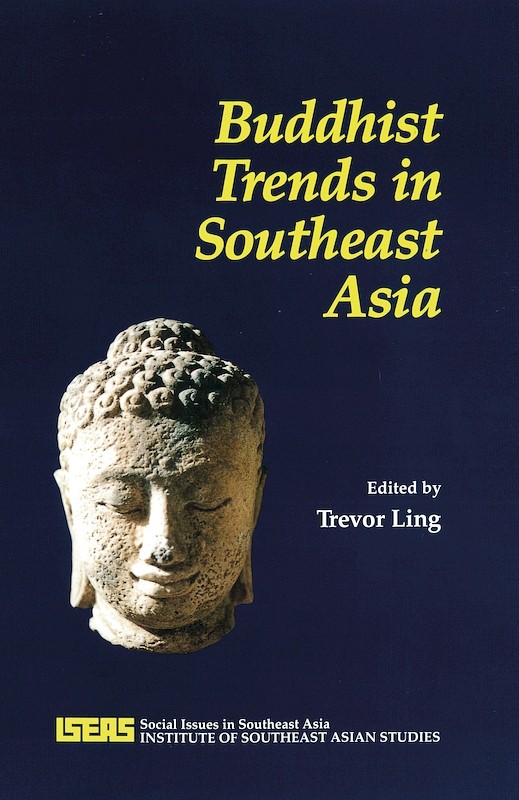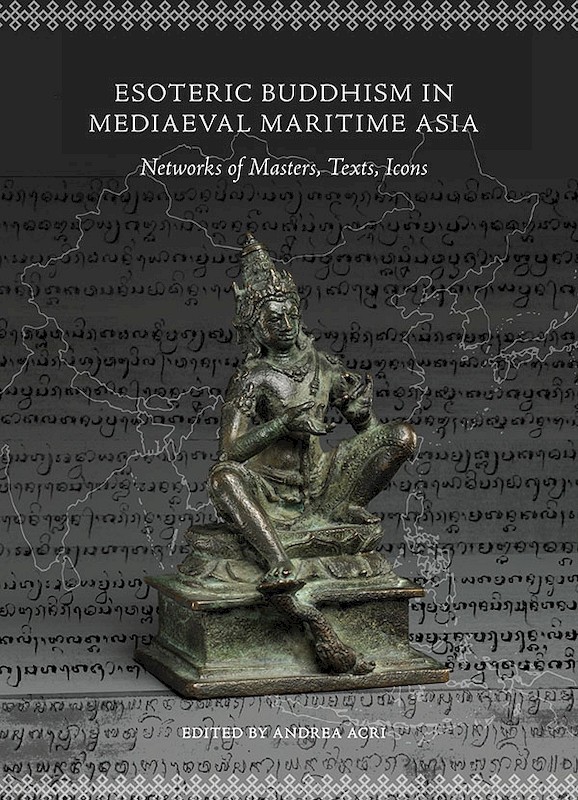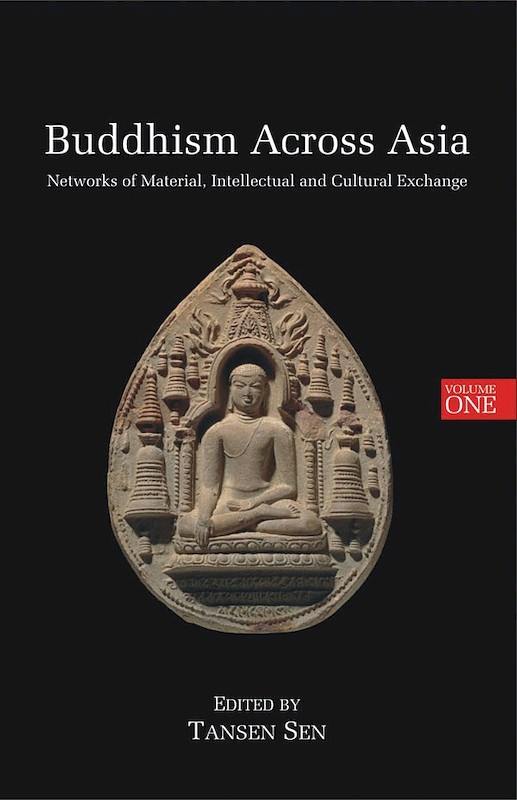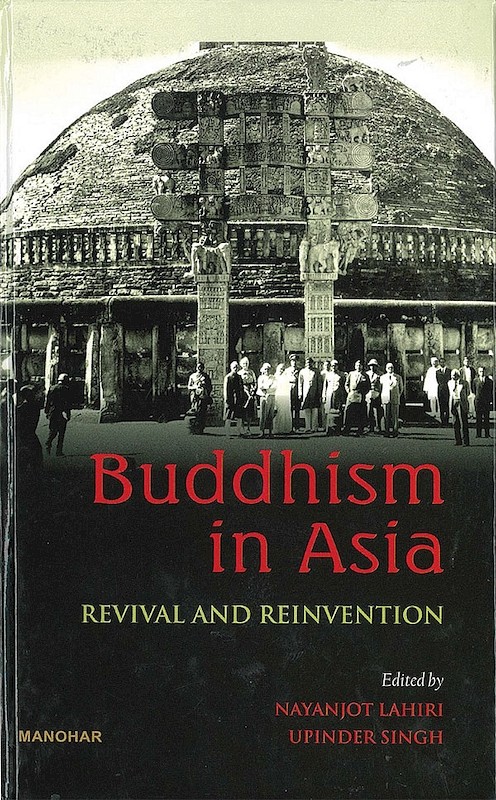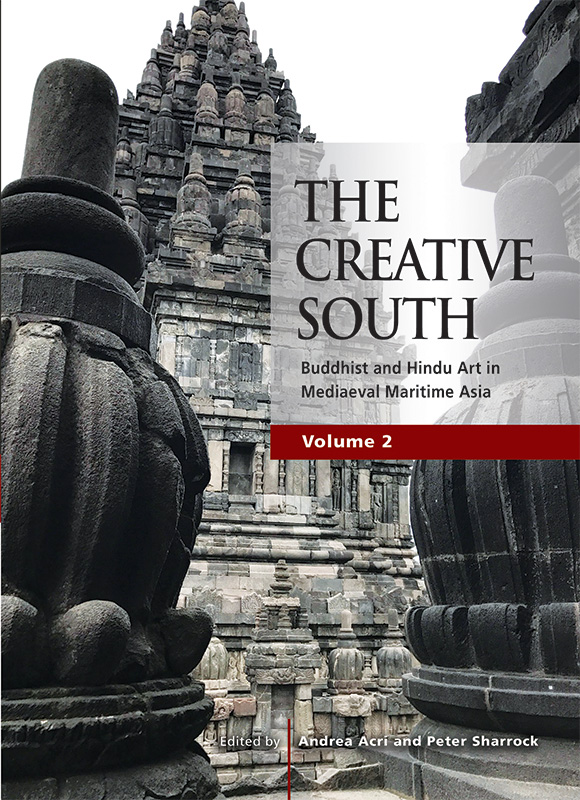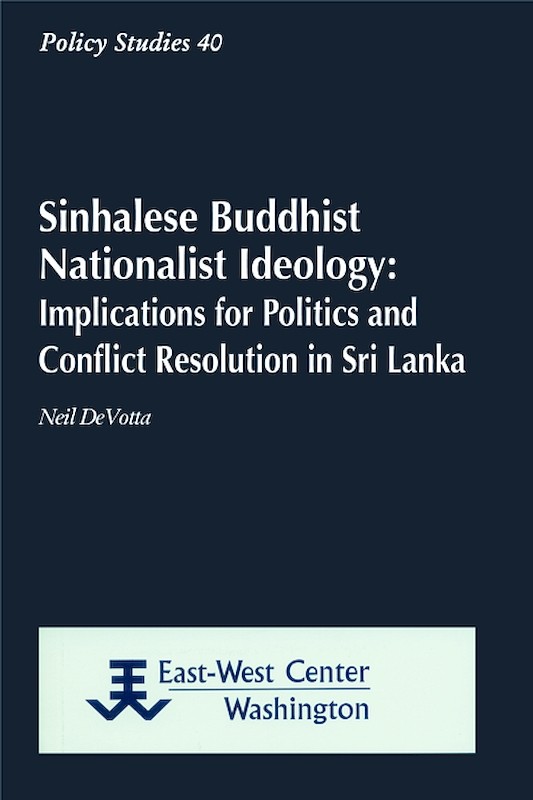Buddhist Dynamics in Premodern and Early Modern Southeast Asia
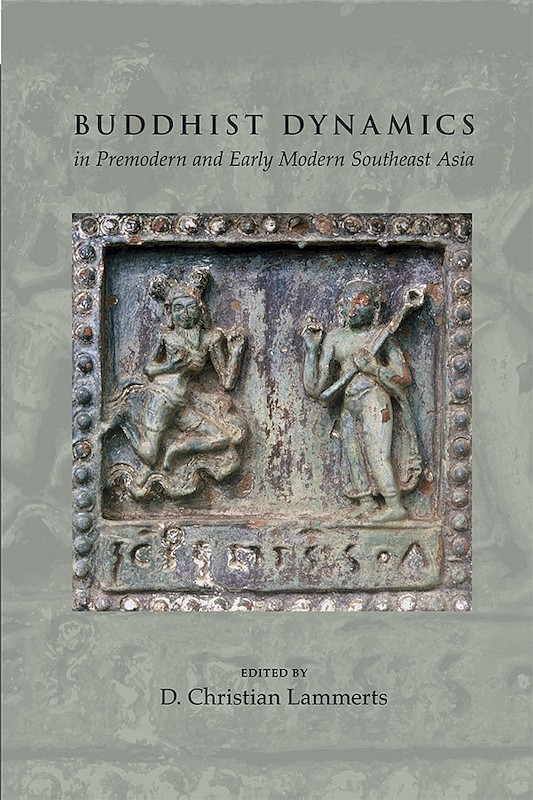
D Christian Lammerts, editor
Date of publication:
2015
Publisher:
Institute of Southeast Asian Studies
Number of pages:
440
Code:
PIC232
Soft Cover
ISBN: 9789814519069
Reviews
Jason A. Carbine, The Journal of Asian Studies, Vol. 76, Issue 4, Nov 2017.
"Carefully researched and appropriately cautious, especially when confronted with limited historical data, the essays in this collection offer a superb contribution to the field of premodern and early modern Southeast Asian Buddhist studies. As editor D. Christian Lammerts points out in his introduction (chap. 1), this field is seeing increased attention to notions of religious plurality and Buddhisms, regional exchange and transculturation of such Buddhisms, re-envisioned theories and methods of comparison transregional languages, and scrutiny and appraisal in particular areas of interpretation such as the category of Theravada (pp. 2-3). As expected in a work of this nature, there is no central argument. There is, however, a very usefully employed central organizing concept, namely the dynamics of historical, intellectual, artistic, ritual, spatial, political, institutional, and material change.
High levels of methodological, interpretive, and geographic sophistication characterize Buddhist Dynamics in Premodern and Early Modern Southeast Asia. From the handling of a diverse range of sources (e.g., inscriptions, ritual boundaries, manuscripts, ritual deposits, artistic narratives, etc.) to interpreting the contexts that produced such sources, and also the work that such sources themselves do, this collection is extremely useful for researchers of historical Buddhisms in Southeast Asia. The volume is also valuable to anyone interested in the dynamic history of religions in Southeast Asia. That said, as Lammerts himself notes, even in a volume of this kind there are significant lacunas, related to other religious dynamics (Buddhist or otherwise), concerning such topics as "medicine, alchemy, poetics, law, astrology, [and] husbandry" (p.4), which are generally not addressed in the volume. And a composite map of places highlighted in the volume would be helpful, especially to aid those outside Southeast Asian studies."
Natasha Reichle, Bijdragen Tot De Taal-, Land-en Volkenkunde 173, 148-150, 2017.
"This volume is a compilation of papers presented at a conference on pre-and early modern Buddhism at the Nalanda-Srivijaya Center, Institute of Southeast Asian Studies, in 2011. The chapters reflect the breadth and the depth of such an expansive subject, with the topics of essays ranging from early epigraphic evidence of Buddhism in peninsular and island Southeast Asia to discussions of the role of religion in Thai-Khmer courtly relations in the nineteenth century.
Several of the essays focus on epigraphy and demonstrate the many ways inscribed texts can be used to help us learn about the early history of the region. .... Several of the essays in the volume focus on archeological finds.
The intersections between religion and monarchy are a topic explored by several essays. .... Blackburn's contribution is a beautifully disciplined study that stands out in its clarity of language and carefully reasoned arguments.
The essays in this book encompass a wide range of topics covering a long expanse of time, and may have been profitably divided into two volumes, one focused on premodern material and the other on an early modern. A persistent call in almost every essay is the need for greater research, whether it be archeological excavation, preservation of manuscripts, or translations of monastic histories. A secondary plea is for more interdisciplinary research combining epigraphic, archaeological, art historical, and literary sources. The volume as a whole is rich and engaging and suggests many paths for further study. The contributors, ranging across generations and disciplines, give us hope for further rich explorations of Buddhism in Southeast Asia."
".... The increasing rise in anthropological, political science, and economic studies of modern Southeast Asia has been a great boon to the field , but Lammerts's book offers some renewed balance and a healthy return to the study of the premodern and even ancient in the region.
Lammerts has brought together a diverse set of scholars, many of whom do not work in traditional teaching positions at university research institutions in the West. .... If not for a volume like this, there is little way young students or scholars in comparative fields (archaeology, codicology, linguistics, etc. in South Asia, East Asia, Africa, Europe etc.) would be introduced to their work. Prominent edited volumes become beacons in which accessible work is highlighted, and after reading them, students can then search for the contributors' scholarly work in more field-specific journals, exhibition, catalogs, and scholarly monographs. Lammerts has not only produced a high-quality book, but has done a great service to the field. I hope that this collection is widely used in courses since many students in the field will never have a chance to take a course with these contributors.
While I cannot adequately describe every article in this book in this short review, the range of topics is as impressive as the scholars assembled. The book is largely of two minds and could have easily been two collections. However, I think there is advantage in bringing these two fields together. First, this is the best recent collection of studies on art/historical/textual/epigraphical studies in Southeast Asia (Acri, Revire, McKinnon, Murphy, Nastiti, Pakdeekham, Skilling, Woodward). Second, it is an equally excellent source for studies of pre-modern religious institutions and epistles (Blackburn, Kirichenko, Lammerts, Leider, Whitmore).
.... Lammerts also provides a very useful list of manuscript catalogs and resources available now. .... These articles do not simply fill in the gaps or save a field, but reveal the ways scholars are asking bold new questions from newly discovered or exposed material.
.... Lammerts's efforts have not only provided the field with a return to high-quality historical studies, but also have exposed new historical materials, pointed to new avenues of research, and brought together a diverse group of scholars from different disciplines. I highly recommend this volume."
About the publication
The study of historical Buddhism in premodern and early modern Southeast Asia stands at an exciting and transformative juncture. Interdisciplinary scholarship is marked by a commitment to the careful examination of local and vernacular expressions of Buddhist culture as well as to reconsiderations of long-standing questions concerning the diffusion of and relationships among varied texts, forms of representation, and religious identities, ideas, and practices. The twelve essays in this collection, written by leading scholars in Buddhist Studies and Southeast Asian history, epigraphy, and archaeology, comprise the latest research in the field to deal with the dynamics of mainland and (pen)insular Buddhism between the sixth and nineteenth centuries C.E. Drawing on new manuscript sources, inscriptions, and archaeological data, they investigate the intellectual, ritual, institutional, sociopolitical, aesthetic, and literary diversity of local Buddhisms, and explore their connected histories and contributions to the production of intraregional and transregional Buddhist geographies.
The e-chapter, "Introduction", is downloadable free of charge.
The e-chapter, "Introduction", is downloadable free of charge.
Contents
-
Buddhist Dynamics in Premodern and Early Modern Southeast Asia
[Whole Publication, ISBN: 9789814519076], by D Christian Lammerts, author -
Preliminary pages
-
1. Introduction , by D Christian Lammerts, author
-
2. An Untraced Buddhist Verse Inscription from (Pen)insular Southeast Asia , by Peter Skilling, author
-
3. How Many Monks? Quantitative and Demographic Archaeological Approaches to Buddhism in Northeast Thailand and Central Laos, Sixth to Eleventh Centuries CE , by Stephen Murphy, author
-
4. Miniature Stūpas and a Buddhist Sealing from Candi Gentong, Trowulan, Mojokerto, East Java , by Titi Surti Nastiti, author
-
5. A Bronze Hoard from Muara Kaman, Kutei , by E Edwards McKinnon, author
-
6. Re-exploring the Buddhist "Foundation Deposits" at Chedi Chula Prathon, Nakhon Pathom , by Nicolas Revire, author
-
7. Aspects of Buddhism in Tenth-Century Cambodia , by Hiram W Woodward, author
-
8. Revisiting the Cult of "Śiva-Buddha" in Java and Bali , by Andrea Acri, author
-
9. Building a Buddhist Monarchy in Đại Việt: Temples and Texts under Lý Nhân-tông (r.1072—1127) , by John K. Whitmore, author
-
10. Sīhaḷa Saṅgha and Laṅkā in Later Premodern Southeast Asia , by Anne M Blackburn, author
-
11. Dynamics of Monastic Mobility and Networking in Seventeenth- and Eighteenth-century Upper Burma , by Alexey Kirichenko, author
-
12. Buddhist Diplomacy: Confrontation and Political Rhetoric in the Exchange of Letters between King Alaungmintaya and King Banya Dala of Pegu (1755 —56) , by Jacques P Leider, author
-
13. Court Buddhism in Thai-Khmer Relations during the Reign of King Rama IV (King Mongkut) , by Santi Pakdeekham, author
-
Index
-
Nalanda-Sriwijaya Series

